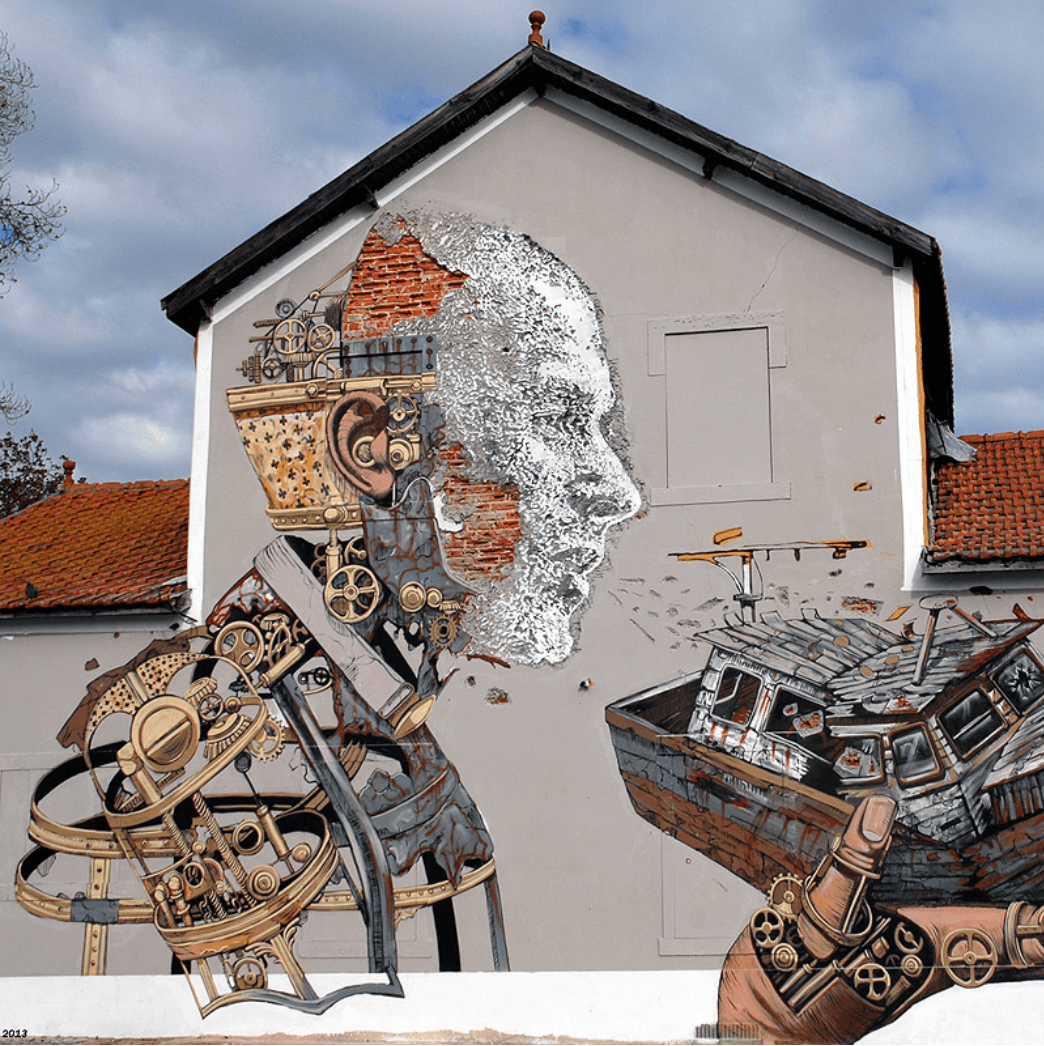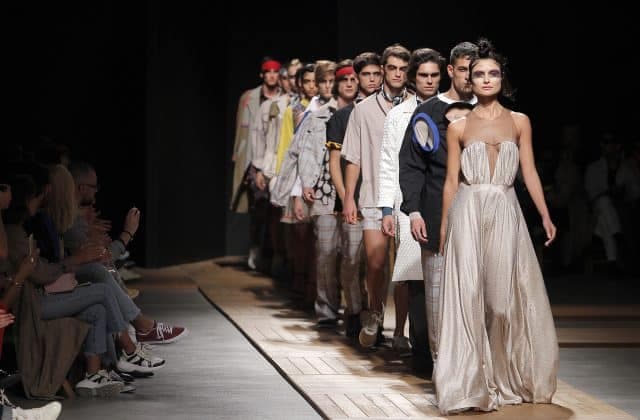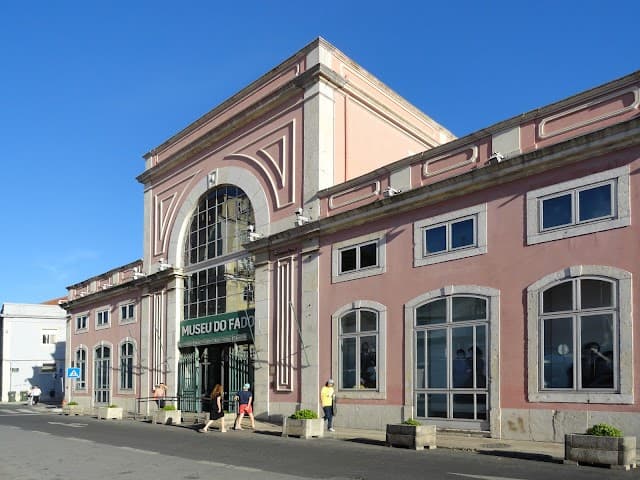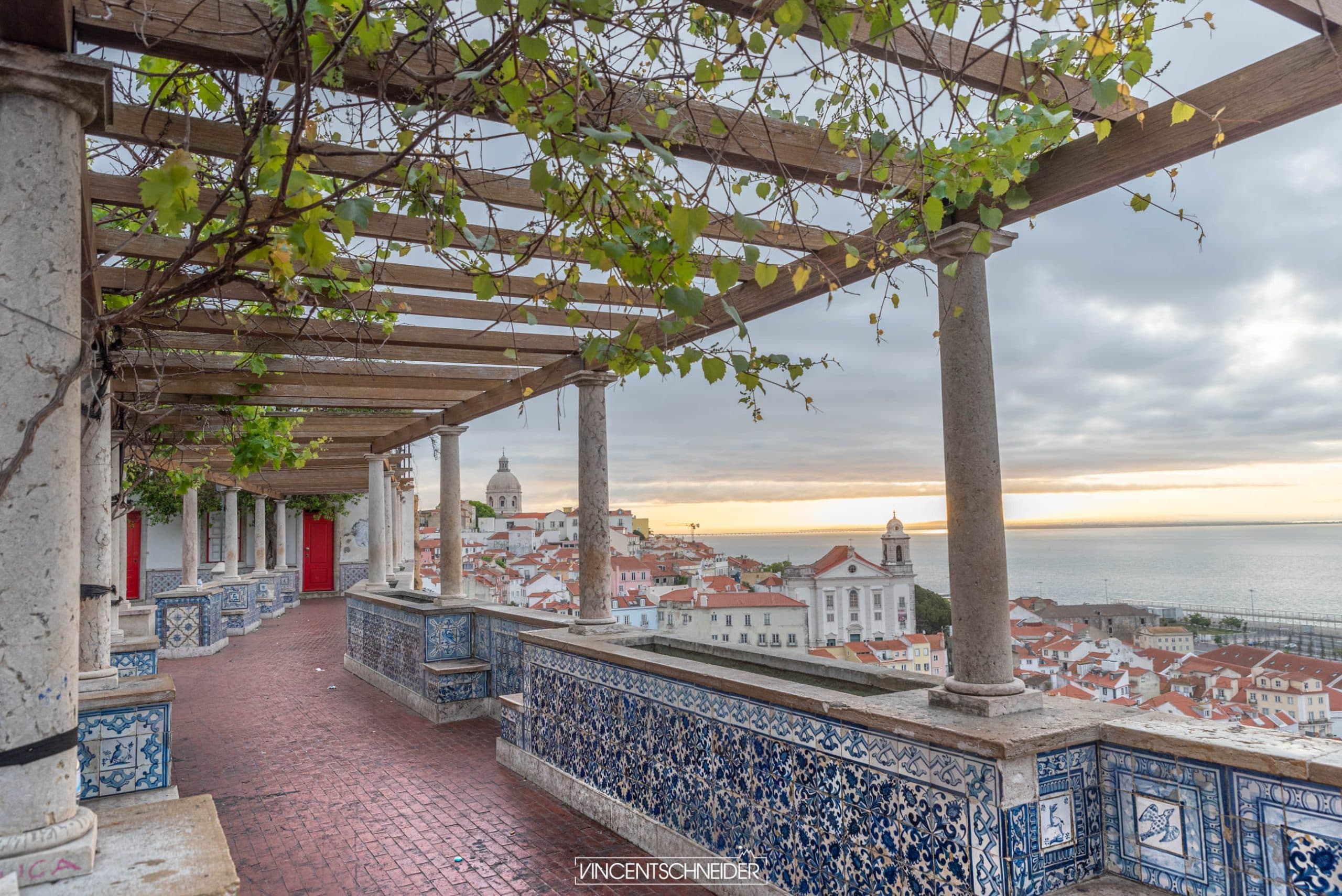
Lisbon is a city of contrasts. Its cobbled streets, baroque churches, and tiled façades tell a story that spans centuries. Yet alongside this historic setting, another visual language thrives: street art. In both working-class neighborhoods and popular city spots, Lisbon’s walls are covered with large-scale murals, subtle graffiti, and thought-provoking collages. Over the years, the Portuguese capital has become an international reference in urban art, earning its nickname as the “colorful capital.”
The origins of Lisbon’s street art
Street art in Lisbon traces its roots back to the 1970s and 1980s. At that time, the Carnation Revolution of 1974 had transformed the country, opening a new era of freedom of expression. Walls became spaces for political and social messages, where hastily painted slogans left a strong visual mark.
In the 1990s, inspired by the international hip-hop movement, Lisbon developed its own urban art scene. Collectives formed, independent artists explored abandoned industrial areas, and districts like Alcântara and Marvila became creative playgrounds.
Today, this evolution has made Lisbon one of the must-visit destinations for street art lovers, alongside Berlin, London, and New York.
A city that supports its artists
Unlike many other capitals where street art is often repressed by authorities, Lisbon has chosen a more inclusive approach. The city council, through the Urban Art Gallery (Galeria de Arte Urbana – GAU), has implemented programs to support and regulate mural creation.
These initiatives allow artists to paint legally on designated walls while preventing uncontrolled graffiti sprawl. The result is a vast open-air gallery where monumental works coexist with smaller, more discreet interventions.
This policy has made Lisbon a model of balance between heritage preservation and creative freedom.

The leading names of Lisbon’s street art
Lisbon has seen the rise of several internationally renowned artists:
- Vhils (Alexandre Farto): probably the most famous, known for carving portraits directly into walls using power tools. His works, visible in Alfama and Graça, have become city icons.
- Odeith: a master of perspective and 3D illusions, creating murals that appear to leap from the wall.
- Add Fuel: blends Portuguese tradition with modern aesthetics, reinterpreting azulejos through a contemporary lens.
- Bordalo II: known for his animal sculptures made from waste and recycled materials, highlighting issues of consumption and environmental degradation.
Together, these and many other artists have turned Lisbon into a laboratory of creativity, where every corner can surprise you.
The main street art neighborhoods in Lisbon
To discover Lisbon’s urban art, certain neighborhoods are essential stops:
- Bairro Alto: known for its nightlife, but by day, its walls are filled with graffiti and collages that tell a different story.
- Alcântara: a former industrial area, now famous for LX Factory and its massive murals.
- Marvila and Beato: emerging districts where warehouses and old factories have become canvases for large-scale works.
- Graça and Alfama: historic neighborhoods where artists like Vhils have brought modern expression to traditional façades.
These walks reveal a striking contrast between heritage and modernity, tradition and rebellion.
The role of festivals and events
Lisbon regularly hosts events dedicated to street art, attracting artists and visitors from all over the world. Among the most notable:
- MURO – Urban Art Festival: organized by the city council, it transforms a neighborhood each year into an open-air gallery featuring murals, performances, and workshops.
- Underdogs Gallery: more than a festival, it is a permanent space supporting urban artists with exhibitions and international exposure.
- Lisbon Street Art Tours: guided visits that help visitors understand the meaning and context behind the artworks.
These initiatives confirm Lisbon’s central role in the global urban art scene.
Street art and tourism
Street art has become a major tourist attraction in Lisbon. Many visitors now come to the city specifically to explore its murals. Dedicated tours, both guided and self-guided, allow people to see Lisbon from a new perspective.
This artistic boom also benefits the local economy: cafés, shops, and artisan studios thrive on the influx of curious visitors. Street art contributes to the cultural and economic vibrancy of the capital.
A meaningful form of expression
Beyond aesthetics, Lisbon’s street art often carries strong social messages. The themes explored are varied:
- Politics: criticism of corruption and social inequality.
- Ecology: seen in works by Bordalo II, which raise awareness of pollution and waste.
- Collective memory: murals that pay tribute to historical figures and popular traditions.
This engaged dimension gives Lisbon’s urban art a depth that goes far beyond visual appeal.
Practical tips for exploring Lisbon’s street art
- Wear comfortable shoes: murals are spread across multiple hilly neighborhoods.
- Join a guided tour: it helps you understand the artists’ stories and techniques.
- Keep your eyes open: some works are hidden in plain sight.
- Respect the artworks: street art is fragile — avoid touching or damaging murals.
Conclusion: Lisbon, the colorful capital
Street art has given Lisbon a new visual energy. Between traditional azulejos and modern murals, the city is a living mosaic where past and present coexist.
Whether it’s a portrait carved by Vhils, a massive sculpture by Bordalo II, or an anonymous graffiti on a quiet alley, every piece adds to Lisbon’s collective story.
Exploring Lisbon’s street art means discovering a city that constantly reinvents itself — a city that gives voice to its walls and transforms the streets into an open-air museum.
Lisbon truly deserves its title as the colorful capital, where every walk becomes an artistic discovery.
Share this article
Suggested articles

Lisbon Fashion Week, Showcasing Portuguese Creativi
When Lisbon dons the attire of a creator and its streets transform into runways, it’s clear that ModaLisboa, the Lisbon Fashion Week, has returned !
.jpg&w=3840&q=75)
Maritime Museum in Belém, The Soul of Portuguese Navigators
On the banks of the Tagus River, near the historic Belém Tower in Lisbon, lies a place that transports visitors to the heart of Portugal’s great maritime adventures : the Maritime Museum (“Museu da Marinha” in Portuguese).
.webp&w=3840&q=75)
The National Azulejo Museum in Lisbon
A true cultural treasure lies hidden in the peaceful neighbourhood of Xabregas in Lisbon: the National Azulejo Museum (Museu Nacional do Azulejo). Often overlooked by tourists, this museum, housed in the magnificent Madre de Deus Convent founded in 1509 by Queen D. Leonor, is well worth a visit.
.jpg&w=3840&q=75)
The Calouste Gulbenkian Museum : Lisbon’s Hidden Masterpiece
In the heart of a quiet Lisbon district, away from the hustle and bustle of the city centre, lies a treasure often overlooked : the Calouste Gulbenkian Museum! A true gem for art lovers (and not only them), this place is often described as a “hidden masterpiece”, as its richness far exceeds its sober appearance and discreet location…

Fado Museum in Lisbon, Living Memory of a Music
In the heart of Lisbon’s historic Alfama district, the Fado Museum is a must-visit for anyone wanting to understand the musical soul of Portugal ! Opened on 25 September 1998, this museum is entirely dedicated to fado, the melancholic and passionate Portuguese music genre.

The Famous “Miradouros” of Lisbon
To begin with, Lisbon is a city of hills and light. Built on seven heights descending toward the Tagus River, it has developed a genuine culture of panoramas — those famous miradouros, urban lookouts where people pause to breathe, watch, talk, dream, or work out. They’re not just viewpoints — they’re living places, often featuring a kiosk, shaded benches, a garden, sometimes a street musician blending with the city’s rhythm. At each one, you get that feeling that the whole world agreed to meet right there. It’s an atmosphere, an indescribable experience. Wandering from one miradouro to another is like reading Lisbon as an open book, page after page, from sunrise to sunset.


